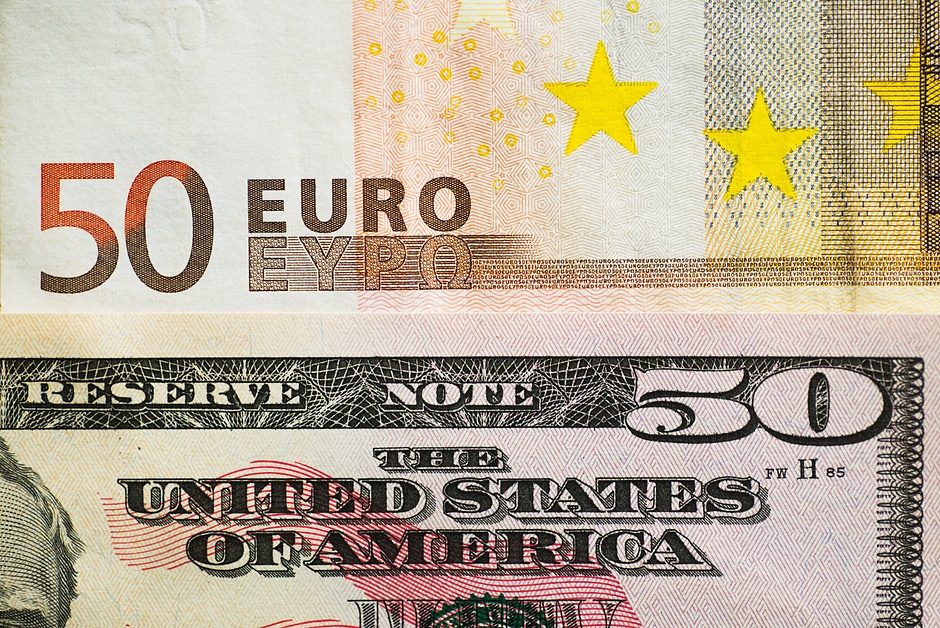Euro advances to daily highs around 1.0930
- The Euro picks up renewed traction against the US Dollar.
- European stocks print decent gains across the board.
- There will be no activity in the US due to the Thanksgiving Day holiday.

The Euro regains some upside traction against the US Dollar, encouraging EUR/USD to fade part of the recent two-day retracement and climb to daily peaks near 1.0930 on Thursday.
On the flip side, the Greenback revisits the 103.60 region when gauged by the USD Index (DXY), giving up part of the recent robust bounce to the area north of the 104.00 hurdle seen on Wednesday.
Of note, however, is that the inactivity in the US markets is expected to magnify movements in the FX universe against the backdrop of marginal trading conditions.
The dollar's recent bounce came despite the fact that markets still anticipate a probable interest rate cut by the Federal Reserve (Fed) at some point in the spring of 2024. This view is being supported by persevering disinflationary pressures data as well as further easing of the labour market.
On the domestic calendar, the flash Manufacturing and Services PMIs in Germany surprised to the upside at 42.3 and 48.7, respectively, for the month of November. In the same direction, advanced Manufacturing and Services PMIs in the broader Eurozone improved to 43.8 and 48.2, respectively. Later in the session, the European Central Bank (ECB) will release its Accounts of the latest meeting.
Daily digest market movers: Euro picks up pace and surpasses 1.0900
- The EUR regains buying interest against the USD on Thursday.
- German yields rebound after two sessions of losses.
- Investors continue to adjust to rate cuts by the Fed in H1 2024.
- Markets perceive the ECB could enter an impasse until early next year.
- China plans to boost its real estate sector with further stimulus.
- The flsh UK Services PMI returns above the 50 threshold in November.
Technical Analysis: Euro shifts its attention to 1.0960-1.0965
EUR/USD picks up fresh upside traction and retakes the 1.0900 hurdle and above on Thursday.
The November high of 1.0965 (November 21) is the immediate target for bulls ahead of the key 1.1000 threshold. Further north, EUR/USD may come into contact with the August top of 1.1064 (August 10) and another weekly peak of 1.1149 (July 27), all preceding the 2023 high of 1.1275 (July 18).
Bearish rallies, on the other hand, should find first support at the major 200-day Simple Moving Average (SMA) at 1.0808, followed by the temporary 55-day SMA at 1.0654. The weekly low of 1.0495 (October 13) aligns south of here, before the 2023 low of 1.0448 (October 3).
Overall, the pair's prospects should remain positive as long as it remains above the 200-day SMA.
ECB FAQs
What is the ECB and how does it influence the Euro?
The European Central Bank (ECB) in Frankfurt, Germany, is the reserve bank for the Eurozone. The ECB sets interest rates and manages monetary policy for the region.
The ECB primary mandate is to maintain price stability, which means keeping inflation at around 2%. Its primary tool for achieving this is by raising or lowering interest rates. Relatively high interest rates will usually result in a stronger Euro and vice versa.
The ECB Governing Council makes monetary policy decisions at meetings held eight times a year. Decisions are made by heads of the Eurozone national banks and six permanent members, including the President of the ECB, Christine Lagarde.
What is Quantitative Easing (QE) and how does it affect the Euro?
In extreme situations, the European Central Bank can enact a policy tool called Quantitative Easing. QE is the process by which the ECB prints Euros and uses them to buy assets – usually government or corporate bonds – from banks and other financial institutions. QE usually results in a weaker Euro.
QE is a last resort when simply lowering interest rates is unlikely to achieve the objective of price stability. The ECB used it during the Great Financial Crisis in 2009-11, in 2015 when inflation remained stubbornly low, as well as during the covid pandemic.
What is Quantitative tightening (QT) and how does it affect the Euro?
Quantitative tightening (QT) is the reverse of QE. It is undertaken after QE when an economic recovery is underway and inflation starts rising. Whilst in QE the European Central Bank (ECB) purchases government and corporate bonds from financial institutions to provide them with liquidity, in QT the ECB stops buying more bonds, and stops reinvesting the principal maturing on the bonds it already holds. It is usually positive (or bullish) for the Euro.
Author

Pablo Piovano
FXStreet
Born and bred in Argentina, Pablo has been carrying on with his passion for FX markets and trading since his first college years.

















